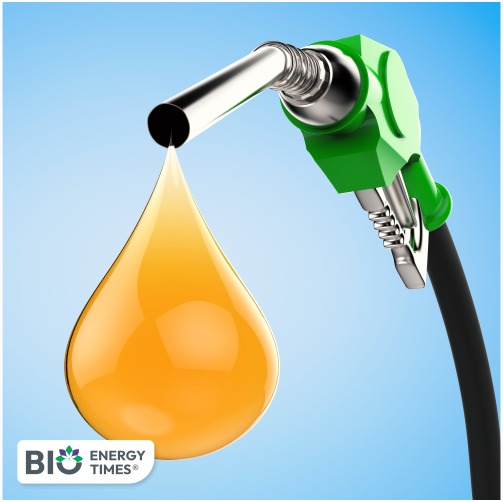India’s ethanol production capacity has seen a significant rise, growing more than fourfold in the past 11 years under the Modi government, reaching an annual capacity of 1,810 crore litres. This surge has been driven by favorable policy measures, according to a senior government official.
With the expanded production capacity, ethanol blending with petrol has jumped to nearly 19%, up from just 1.53% in 2013. This growth has led to substantial savings in foreign exchange, over Rs 1.10 lakh crore, and has provided considerable benefits to sugarcane and foodgrain farmers.
A senior official from the Department of Food and Public Distribution shared that ethanol distillation capacity in India was only 421 crore litres until 2013. However, with a series of policy changes, including interest subsidies for setting up ethanol production facilities, the country’s ethanol capacity has now risen to 1,810 crore litres.
In 2013, the supply of ethanol to oil marketing companies (OMCs) stood at just 38 crore litres, with blending levels at a mere 1.53% for the 2013-14 ethanol supply year (ESY). The official highlighted that production and supply of fuel-grade ethanol to OMCs has increased more than 18 times from the 2013-14 ESY to the 2023-24 ESY.
Several ethanol plants have been established in Gujarat with support from the Centre’s interest subsidy policy. In the current 2023-24 ESY, OMCs have blended about 707 crore litres of ethanol, achieving a blending rate of 14.60%. By May 25, 2024, approximately 548 crore litres of ethanol had been blended, bringing the blending rate to 18.74%.
Over the past 11 years, sugar mills and distilleries, including those using grains, have generated nearly Rs 2 lakh crore in revenue, with Rs 1.22 lakh crore coming from sugarcane-based distilleries alone.
The Centre has implemented various interest subvention schemes between 2018 and 2022 to encourage sugar mills and distilleries to expand their ethanol production capacities. These schemes offer interest subsidies of 6% or 50% of the interest charged by banks and financial institutions (whichever is lower) for a period of five years, including a one-year moratorium. In 2021, the production of ethanol from grain was also included under these schemes.
A new interest subvention scheme for cooperative sugar mills, launched on March 6, 2025, will facilitate the conversion of existing sugarcane-based plants into multi-feed ethanol plants.
Of the total installed capacity of 1,810 crore litres, 816 crore litres are molasses-based, 136 crore litres are dual-feed capacity, and 858 crore litres are grain-based.
The Ethanol Blended Petrol (EBP) programme, launched by the government, aims to reduce dependence on crude oil imports, conserve foreign exchange, cut down carbon emissions, and boost the agricultural sector. Under this programme, OMCs sell petrol blended with ethanol.
The government has set a target of achieving 20% ethanol blending with petrol by the 2025-26 ethanol supply year. To meet this target, India will need approximately 1,350 crore litres of ethanol for blending and other purposes.

















We proud the fast and most benefitted progress in the field of ethanol at all the levels. This is happen in the Indian history only because of very strict efforts of Hon PM, sir.